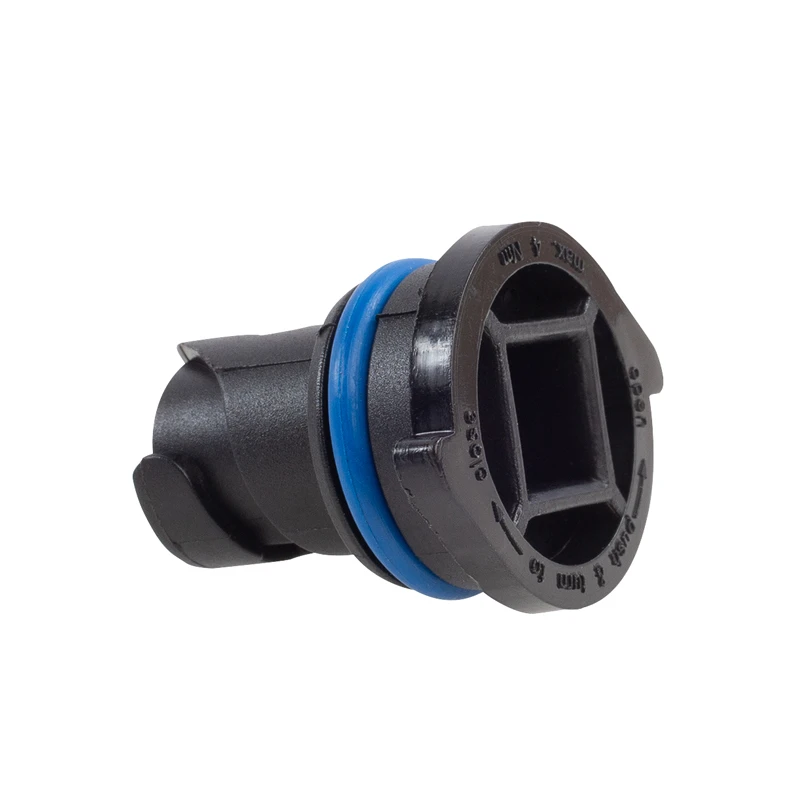v ring seals
Understanding V-Ring Seals A Comprehensive Guide
V-ring seals are a crucial component in various mechanical assemblies, providing effective sealing solutions in numerous industries. These innovative seals are designed to prevent the leakage of fluids, such as oil, water, or air, ensuring that machinery operates smoothly and efficiently. In this article, we'll explore the design, functionality, applications, and benefits of V-ring seals.
What Are V-Ring Seals?
V-ring seals are rubber or elastomer seals characterized by a distinct V-shaped cross-section. The design consists of a flexible lip that comes into contact with a rotating shaft, while the other side forms a sealing surface against the housing. This unique configuration allows the V-ring to adapt to subtle changes in shaft movement, creating a reliable seal that resists wear and tear over time.
The primary function of V-ring seals is to prevent contaminants such as dirt, dust, and moisture from entering the machinery while also inhibiting the escape of lubricants and other fluids. This dual protective role is essential in maintaining the integrity of equipment, especially in harsh working environments.
Design Features
One of the key advantages of V-ring seals is their versatile design. They can be produced in a variety of materials, including nitrile, silicone, and fluorocarbon, each offering specific benefits based on the application's requirements. For example, nitrile rubber is ideal for oil resistance, while silicone can withstand high temperatures yet may not be suitable for all types of oils.
Additionally, V-ring seals can be customized in terms of size and hardness to meet the specific needs of different applications. The flexibility of the sealing lip allows for easy installation and adjustment, contributing to reduced downtime in maintenance and repairs.
Applications
v ring seals

V-ring seals find applications in a wide array of industries, including automotive, aerospace, manufacturing, and agriculture. In the automotive sector, they are commonly used in engines and transmission systems to ensure oil lubrication and protect against external contaminants. Similarly, in the aerospace industry, V-ring seals help maintain system integrity under varying pressure conditions.
In manufacturing, V-ring seals are often employed in rotary applications, including pumps and compressors, to enhance performance and longevity. Their ability to adapt to dynamic movements makes them particularly suitable for machinery that experiences vibration and fluctuating loads.
Benefits of V-Ring Seals
The benefits of utilizing V-ring seals are manifold. Firstly, their effective sealing capabilities lead to reduced maintenance costs and increased machinery uptime. By preventing leaks and contaminants, V-ring seals prolong the life of fluid systems and machinery components.
Secondly, V-ring seals contribute to improved efficiency. By maintaining proper fluid levels and minimizing potential damage from dirt and moisture, machines can operate at optimal performance levels, translating to enhanced productivity.
Moreover, the ease of installation and adaptability of V-ring seals simplifies maintenance processes. This ease of use is a significant advantage for operators who need to replace seals quickly without extensive downtime.
Additionally, V-ring seals are environmentally friendly. By reducing leaks, these seals contribute to lower fluid consumption and reduced pollution, aligning with modern sustainability practices.
Conclusion
In summary, V-ring seals are an essential component in various mechanical systems, providing reliable sealing solutions across multiple industries. Their innovative design, adaptability, and efficiency make them indispensable for maintaining the integrity and performance of machinery. Understanding the benefits and applications of V-ring seals can help organizations make informed decisions about their use, ultimately leading to improved operational efficiency and cost savings. As industries continue to evolve, the role of V-ring seals will remain vital in ensuring smooth and effective machinery operation.
-
Understanding the Front Main Engine Seal: Purpose, Maintenance, and Installation
News Jul.29,2025
-
Understanding O-Rings and Seal Rings: Types, Applications, and Custom Solutions
News Jul.29,2025
-
Understanding Crankshaft Oil Seals: Rear Seals, Pulley Seals, and Their Role in Engine Integrity
News Jul.29,2025
-
The Importance of Front and Rear Crankshaft Seals in Engine Performance and Oil Management
News Jul.29,2025
-
Crank Oil Seals: Functions, Types, and Cost Considerations in Engine Maintenance
News Jul.29,2025
-
A Comprehensive Guide to O-Rings and Seals: Types, Materials, and Global Applications
News Jul.29,2025
-
Mastering Diesel and Performance Engine Maintenance: A Guide to Critical Oil Gaskets
News Jul.28,2025
Products categories















